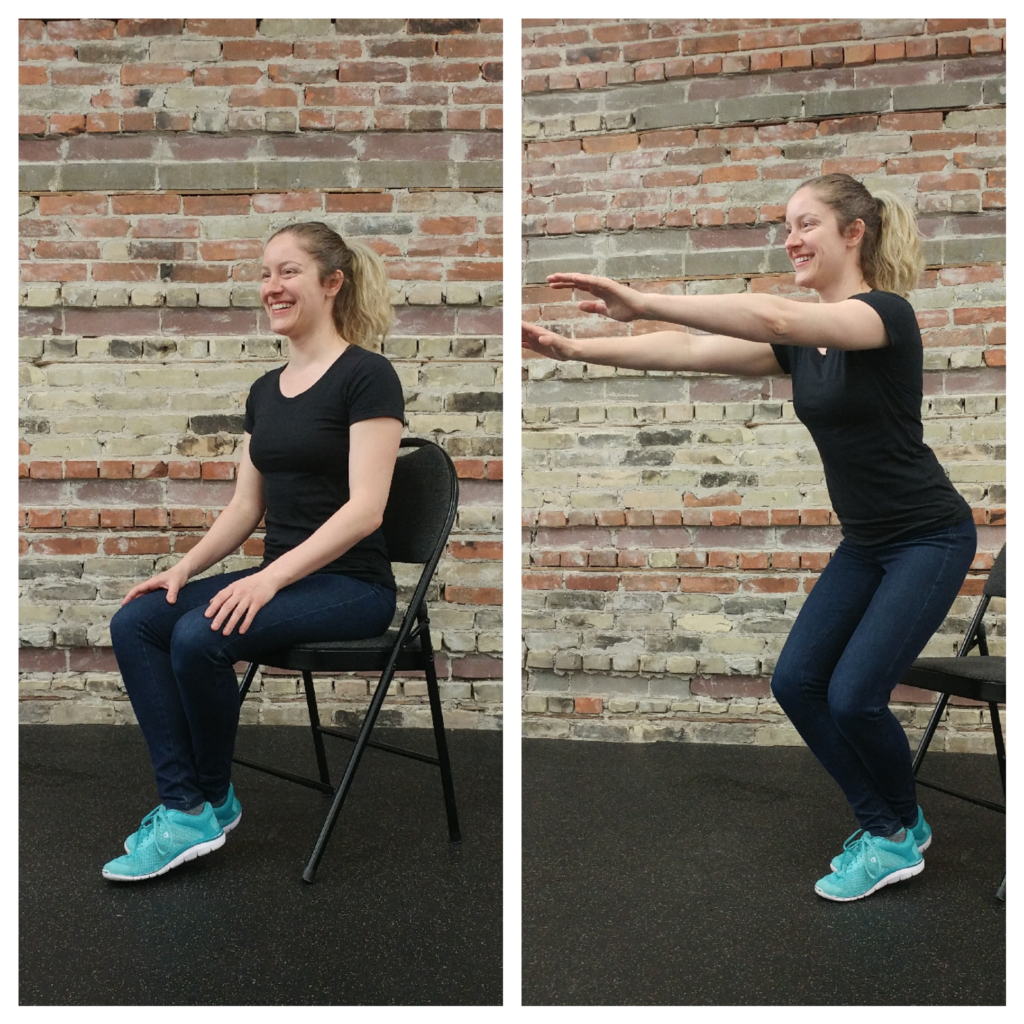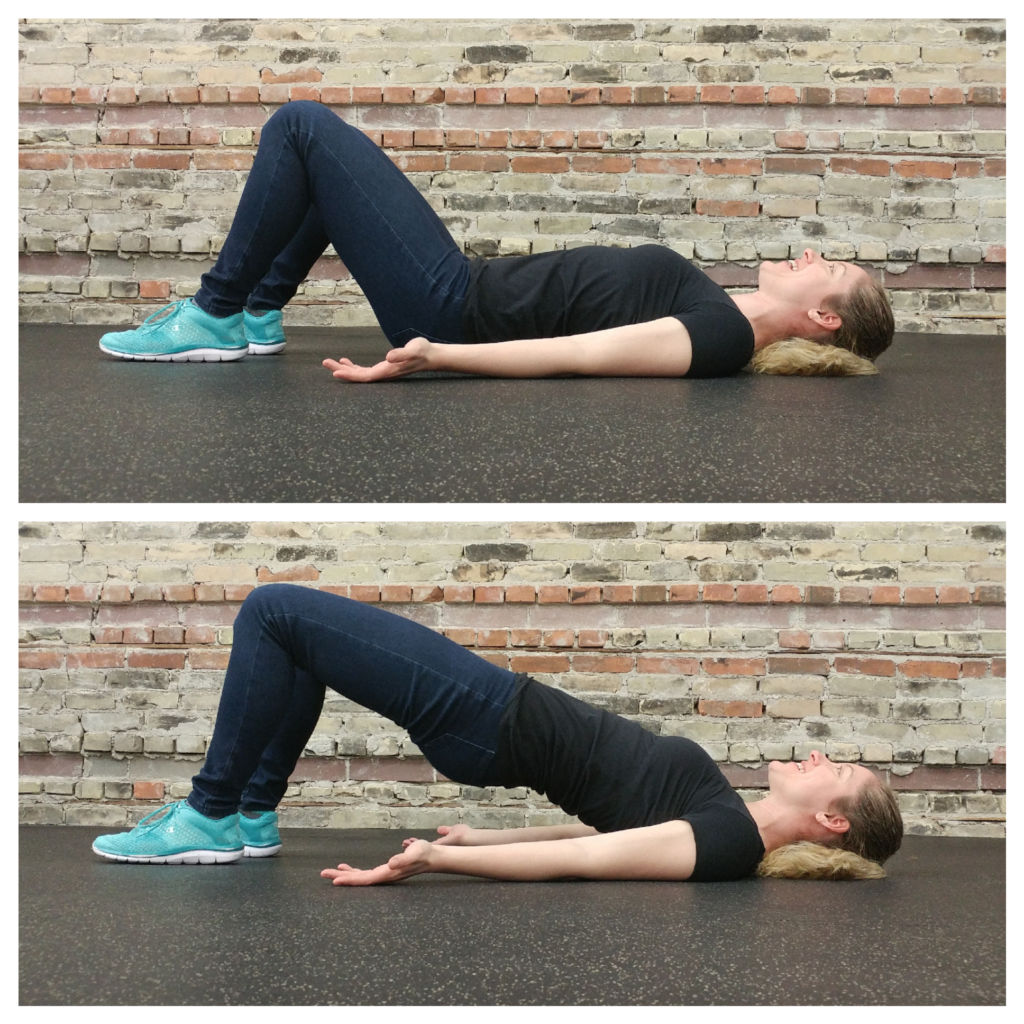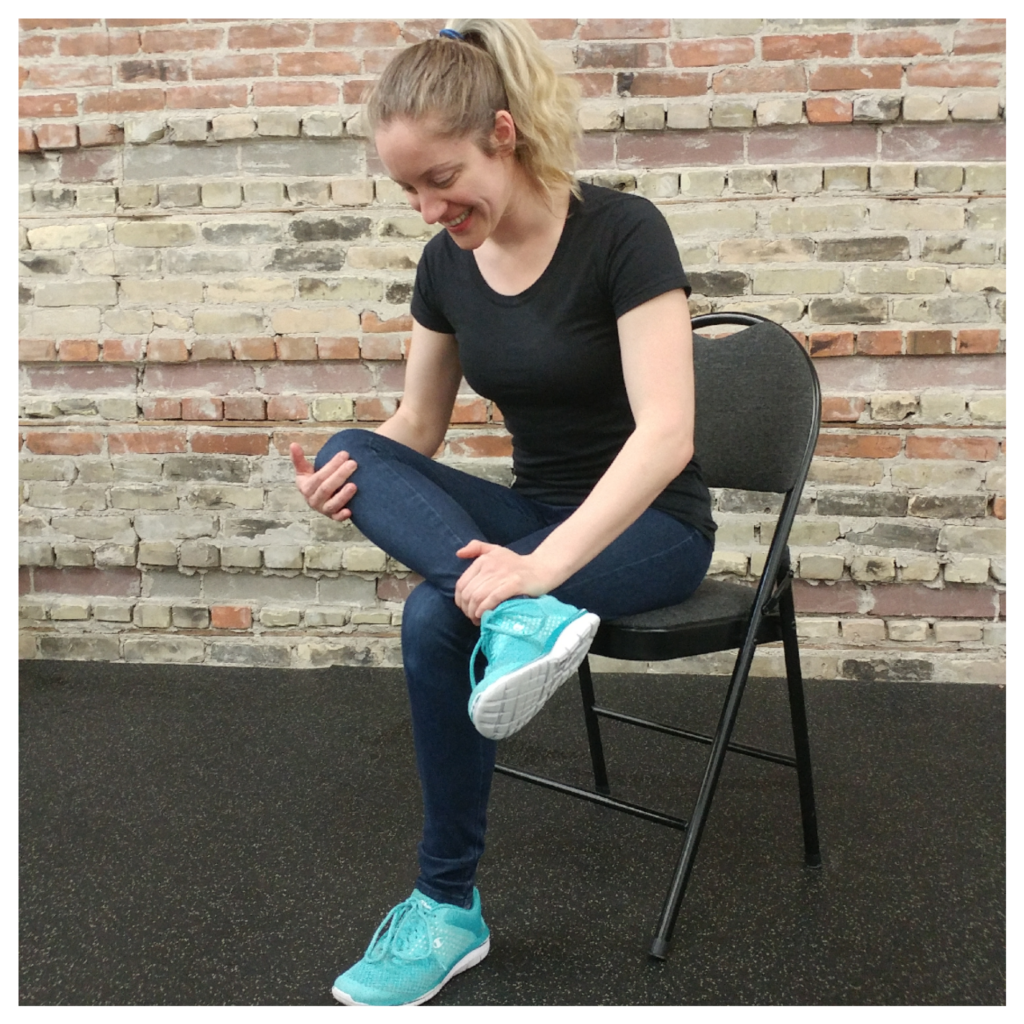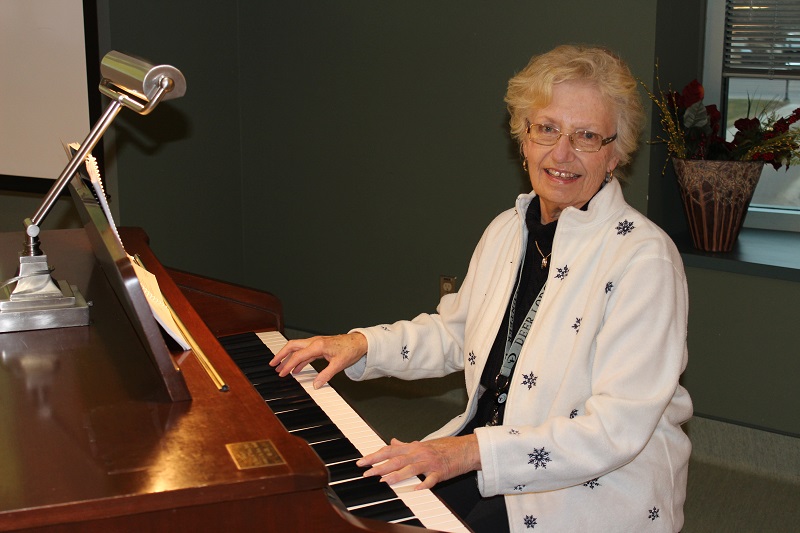
By Shawna Culleton
Do you huff and puff as you get up off the couch? Push yourself up with one arm or two? Rock your upper body to get some momentum going, and then launch yourself forward and up, all the while praying you make it to your feet?
Lacking the strength and stability to get in and out of a seated position makes everyday tasks harder than they need to be. According to the Sit-Rise Test, your lack of functional fitness might even be shortening your lifespan. Luckily, “use it or lose it” has a flip side: many things lost—including strength, flexibility or balance—can be re-gained. All it takes is practice and patience.
What is the Sit-Rise Test?
The Sit-Rise test was first developed by physician Claudio Gil Araújo in 1990 as a more challenging version of the commonly used Sit and Stand (from a chair) Test. For people over 50, how well you score on the test correlates with how likely you are to die within the next six years. No need to panic, though, if at first you don’t succeed: the body is dynamic, and your abilities are within your power to change regardless of your age. Besides, the test offers only a prediction. Humans don’t come with accurate expiry dates!
Test Yourself
First, a warning: Do not try the Sit-Rise Test if you have any hip, knee or ankle injuries.
From standing, lower yourself to the floor into a cross-legged position, and then back up to a standing position. To score full points, these movements must be performed smoothly (no wobbling), and without using any extra points of contact (using a hand on your knee or the floor for support or leverage, for example).
The test is scored out of 10. You lose one point for any extra point of contact that touches your body or the ground: hand, forearm, knee, side of leg, hand on knee, hand on thigh. You lose half a point for loss of balance on the way down and/or up. A score between 10 and 8 is excellent, between 7.5 and 3.5 is fair, and between 3 and 0 is poor (indicating that people were 6.5 times more like to die within 6 years).
What is so important about sitting and standing?
“Your ability to get in and out of a chair, or on and off the floor, is very important,” says athletic therapist and Revolution Rehab (St. Boniface) owner Nicole Smith. “You might want to get down on the floor and play with your grandchildren, or do work on the ground, or get under the sink, or pick up something you dropped. You need to be able to bend over and get on the floor and then get up again safely.”
A test, not an exercise
“The Sit-Rise Test is just that—a test—because if you look at the movement itself, it’s not a primal movement. It’s not something an infant would do. And it’s frankly very hard on the knees,” explains Smith. “It’s a good indicator, but not a movement that is meant to be repeated over and over again.”
So, before you wear out your knees trying to beat the Sit-Rise Test and live forever, remember: test yourself once, see where your strength, flexibility and balance are today, then use the exercises below to improve your results. Repeating the test too often is more likely to result in injury.
Exercises and photos by Nicole Smith.
Chair squat
Builds lower body strength and doubles as a safer, more accessible version of the Sit-Rise Test.
- Start seated in a chair with your feet planted firmly in front of you.
- Rise to a standing position without pushing yourself up with your hands. Use your leg, glute and core muscles.
Repeat to fatigue.Progression: Select a lower chair or surface when doing your repeats to increase the challenge as you gain strength and confidence. Variation: Cross your ankles when doing your repeats to more closely (but safely) resemble the Sit-Rise Test.

Glute bridges
Builds glute strength and hip range of motion.
- Lay on your back with knees bent and feet planted.
- Pressing through the heels, squeeze the glutes and drive the hips towards the ceiling.

Glute stretch
Stretches your glutes and improves mobility in your hips.
- Start seated in a chair with your feet planted firmly in front of you.
- Lift and cross your ankle onto the opposite knee to feel a gentle stretch in your glute muscles.Hold for 30 seconds two or three times on each side.Variation: Lean forward or rest your foot slightly higher up the thigh.

[maxbutton id=”4″]
Recent News

Embracing Hope: The Impact of DLC’s Movement Disorder Clinic

Winnipeg Jets Parkinson’s Disease Awareness Game!

